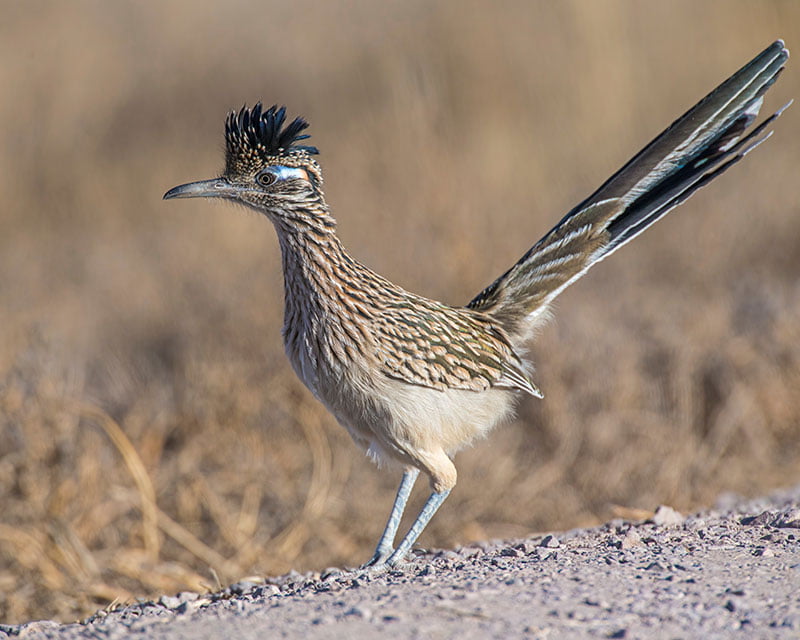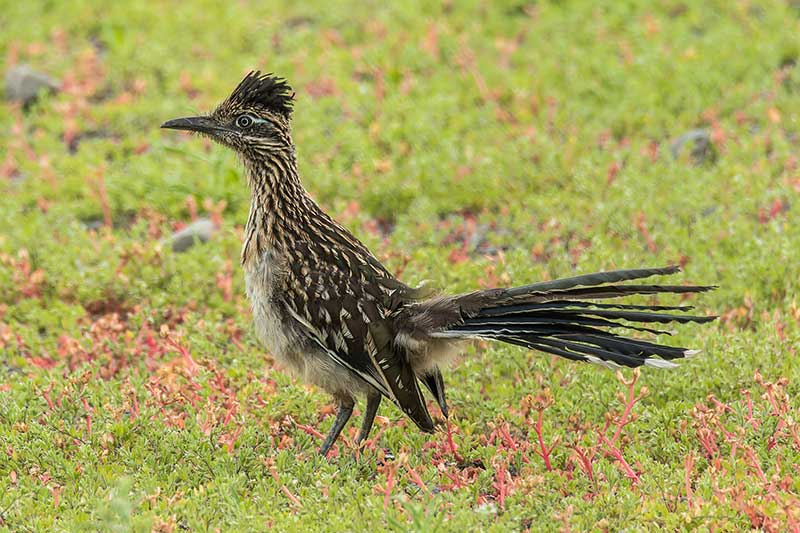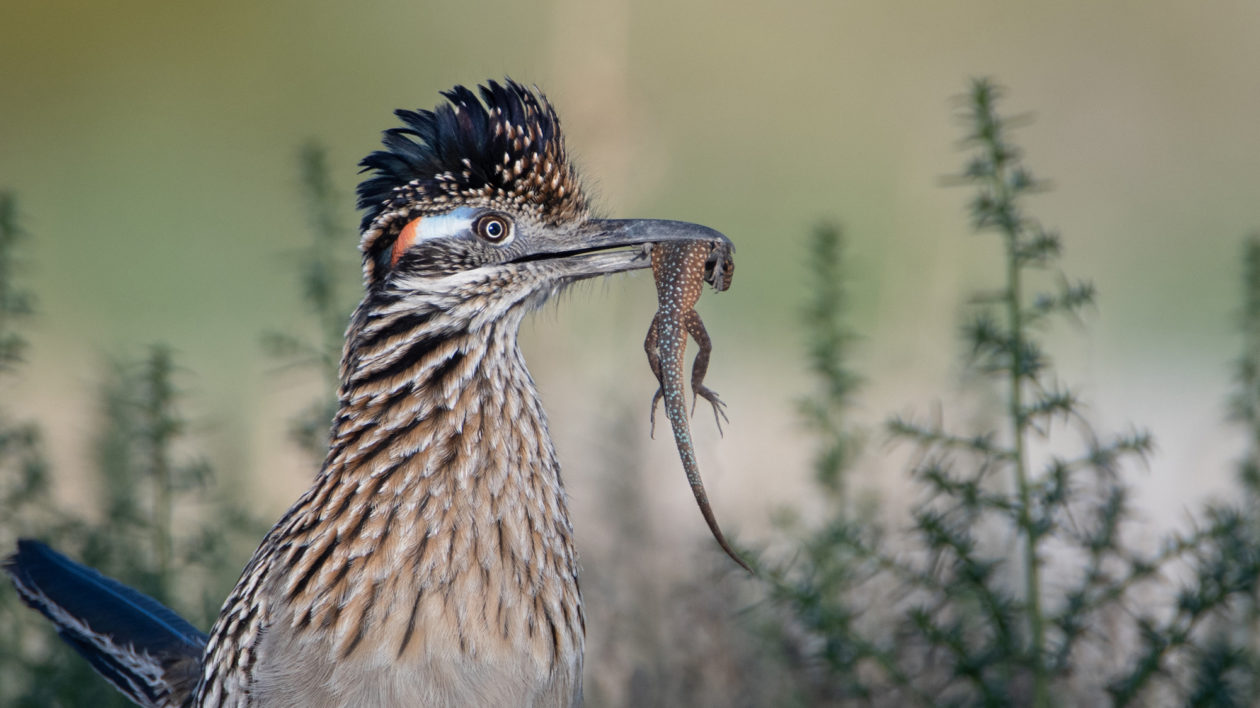In this captivating article titled “Is the Roadrunner a REAL bird?”, the author addresses the common misconception that roadrunners are merely fictional characters from cartoons. While it has been over 40 years since the Roadrunner cartoon was last shown on broadcast television, many people still associate the roadrunner with a fictional bird. However, the author establishes that the Greater Roadrunner is indeed a real bird and provides interesting details about its physical characteristics and behaviors. Additionally, the article delves into its habitat, running abilities, and even shares anecdotes about roadrunner encounters. This article aims to dispel misconceptions and provide a fascinating exploration of the fascinating world of roadrunners.

Description of Roadrunners
The Greater Roadrunner, also known as Geococcyx californiatus, is a real bird and one of two species of roadrunners in the world. It is the only roadrunner species found in North America. This bird is larger, measuring from 20-24 inches in length from bill tip to tail tip. It has a medium-long neck, long bill, crested head, and a long floppy tail. Roadrunners primarily dwell on the ground and are known for their ability to chase down prey and flee from danger by running on their long legs. Though they are in the cuckoo family, roadrunners build their own nests and raise their own young, which sets them apart from other cuckoos. They are sometimes referred to as ground-cuckoos due to their behavior and habitat.
Distribution and Range
Roadrunners can be found in the Southwestern United States and northern Mexico. Their range extends from California to Texas and as far northeast as Missouri. This region provides the appropriate habitat for roadrunners, allowing them to thrive in this area.
Coloration and Appearance
Roadrunners have streaked tan, black, and brown upper parts and wings, which provide excellent camouflage in their natural environment. Their bellies are pale, while their crests are dark. The tail of the roadrunner is blackish in color with a green sheen, adding to their unique appearance. These distinctive colorations help roadrunners blend in with their surroundings and avoid predators.
Running Abilities
One fascinating aspect of roadrunners is their running abilities. They can run up to 20 miles per hour, making them agile predators. While it’s easy to associate roadrunners with their famous cartoon depiction, it’s important to note that coyotes can run twice as fast as roadrunners. Nonetheless, roadrunners display impressive speed and agility when on the move.

Flying Abilities
Although roadrunners have the ability to fly, they typically prefer running as their primary mode of transportation. However, they have been known to fly short distances, especially when necessary. You may occasionally see a roadrunner fly up into the lower branches of a tree or glide down a ridge. While they are not known for being strong or frequent fliers, they still possess the capability to take to the air when needed.
Roadrunner Behaviors
Roadrunners exhibit various behaviors that make them fascinating to observe. When sitting still, they often raise and lower their tails slowly. This behavior adds to their unique appearance and can be a distinguishing characteristic when identifying them in the wild. Additionally, the crest of the roadrunner serves as an indicator of their mood. It is often raised in alarm or curiosity, providing insights into their current state of mind.
One interesting anecdote involves a roadrunner in Death Valley, California, which had a peculiar morning ritual. Every sunrise, this particular bird would go into a campground and fight with its reflection in the kickplate of a restroom door for an hour. This behavior showcases the distinct and sometimes peculiar habits of roadrunners in their natural habitat.

Song and Call
The roadrunner has a ventriloquial song that is often challenging to locate. This unique feature adds to their mystique and makes them even more fascinating to bird enthusiasts. For those fortunate enough to track down the source of their song, it can be quite rewarding to witness and appreciate their vocalizations.
Identification Challenges
Identifying roadrunners can sometimes pose challenges due to their resemblance to other species and historical misidentifications. In the book “Birds of Oregon” by Gabrielson & Jewett, they discredited the first Oregon sighting of a roadrunner. It was later discovered that the observer had likely mistaken a female pheasant for a roadrunner. This example illustrates the need for careful observation and proper identification techniques when encountering roadrunners or similar-looking birds.

Roadrunners’ Diet
Roadrunners have a diverse diet that includes seeds, lizards, small birds, large insects, and beetles. They are known to scavenge for food, displaying their adaptability and resourcefulness in their foraging habits. Roadrunners have been observed eating dog food set outside by campers and even looking for food on lawns and golf courses. This versatility in their diet makes them successful in various environments.
Conclusion
In conclusion, the roadrunner is indeed a real bird. The Greater Roadrunner, specifically, is one of two species of roadrunners in the world and the only one found in North America. Known for its distinctive appearance, impressive running abilities, and unique behaviors, roadrunners are a delight to observe in their natural habitats. As they continue to captivate the imagination of people, it’s important to remember that roadrunners are not just cartoon characters—they are fascinating creatures that contribute to the rich diversity of birdlife in the Southwestern United States and northern Mexico.

Leave a Reply